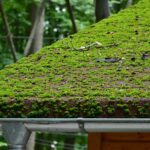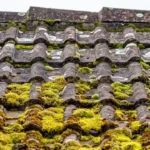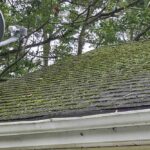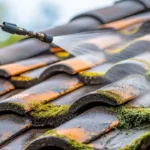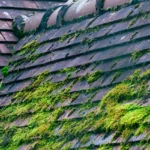Keeping your roof in top condition is critical, especially after a heavy snowstorm. Snowfall can cause various issues on your roof, ranging from moisture infiltration to structural damage. Learning how to maintain roof after snow is essential for homeowners to ensure their homes remain safe and dry.

Understanding the Impact of Snow on Your Roof
Snow accumulation can lead to a range of issues, including increased weight load and potential water damage. The melting and refreezing of snow can create ice dams, causing water to seep under shingles and into your home. Regular maintenance is key to preventing these problems.
Recognizing Signs of Damage
Look for signs like leaking, water stains on ceilings, and sagging roof sections post-snowfall. These indicators require immediate attention to prevent further issues.
Steps for Effective Roof Maintenance After Snow
1. Perform a Visual Inspection
After a snowstorm, safely inspect your roof from the ground or with binoculars. Look for visible damage such as missing or curled shingles. For more in-depth guidance, visit our article on fixing curled shingles.
2. Remove Snow Safely
Use a roof rake for snow removal. This tool helps clear snow without climbing onto the roof. Avoid using metal shovels that can damage shingles.
3. Check for Ice Dams
Ice dams form when melted snow refreezes at the roof’s edge. They prevent proper drainage and encourage water backup. Installing heat cables can mitigate this issue.
Preventative Measures to Protect Your Roof
Ensure Proper Attic Ventilation
Good ventilation helps maintain an even temperature in your attic, reducing the risk of ice dams. This balance keeps the roof deck cool, preventing snow from melting prematurely.
Regularly Inspect Insulation
Ensure your attic insulation is adequate to minimize heat escape and melting of snow on the roof. Inspect regularly for potentially damaged insulation sections.
Trim Overhanging Branches
Keep trees near your roof trimmed to prevent snow-laden branches from falling and causing damage. This precaution also reduces the risk of branches forming new ice dams.
Schedule Professional Roof Inspections
Hire a roofing expert to conduct thorough inspections before and after the winter season. This expert check will help identify potential issues, like nail pops, ensuring peace of mind.

Frequently Asked Questions
How much snow can a roof handle?
This depends on the roof’s design and materials, but most are built to handle around 20 pounds per square foot. Consult a professional if you’re unsure about your roof’s capacity.
What should I do if snow damages my roof?
Contact professionals immediately to assess and repair any damage. Waiting could lead to more serious problems.
Are there any DIY measures to prevent roof snow damage?
Yes, regular maintenance, proper insulation, and using a roof rake can prevent damage. However, for serious issues, consulting professionals is always the best course of action.
For more on protecting your home, visit this guide on roof longevity tips.
Continue exploring other helpful resources and learn more about roof care in winter by checking out our roof painting guide.
This article contains affiliate links. We may earn a commission at no extra cost to you.




